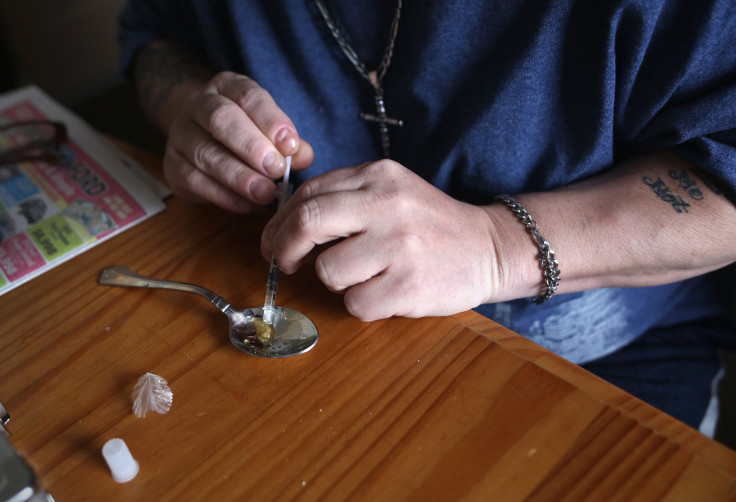The Cost Of Painkiller Addiction: Opioid-Related Hospitalizations Up 72%, Totaling $15B In Health Care

Opioid addiction and abuse has been growing in the United States in recent years, resulting in a 286 percent increase in heroin-related overdose deaths from 2002 to 2013, according to the CDC. Heroin is only part of the problem, however, as more and more people get hooked on prescription painkillers.
Addiction itself already places a huge burden on healthcare, as do resulting overdoses. But a new study finds that health complications stemming from the opioid epidemic — like infections from contaminated needles — accumulate to even greater health care costs. Published in the journal Health Affairs and conducted by researchers at Beth Israel Deaconess Medical Center (BIDMC) and the VA Boston Healthcare System, the study found that opioid-related hospitalizations have increased by 72 percent and health care costs associated with opioid addiction have grown to $15 billion from 2002 to 2012.
“The growing problem of opioid abuse in the United States has been well documented, but our study is the first of its kind to quantify serious infections related to opioid abuse and their impact on the U.S. hospital system and on health care costs,” said Dr. Shoshana Herzig, assistant professor of medicine at Harvard Medical School and an author of the study, in a statement.
In the study, the researchers examined U.S. inpatient hospitalization data, focusing primarily on opioid-related scenarios. They found that between 2002 and 2012, opioid-related hospitalizations rose 72 percent to 529,275 — at the same time as the total number of hospitalizations remained consistent. In addition, opioid-related hospitalizations with serious infection rose 91 percent. Cases of infection included endocarditis, osteomyelitis, septic arthritis, and epidural abscesses.
Secondly, the researchers analyzed health care costs involved with opioid-related hospitalizations and infections. Between 2002 and 2012, total inpatient charges having to do with opioid abuse or addiction quadrupled to $15 billion. Seven hundred million of that total amount went towards opioid-related infections. When it was all broken down, they found the typical cost of a single opioid-related hospitalization to be $28,000; when infection was involved that number jumped as high as $107,000. Considering the growing numbers of opioid abusers, that’s a huge amount of money.
The recent study is an indication that the opioid epidemic won’t be slowing any time soon. And a 2015 study found that more than 90 percent of people who overdose on prescription painkillers continue using afterwards, hinting that treating addiction may be especially difficult. Perhaps that’s why the CDC released new guidelines last month encouraging physicians to avoid over-prescribing painkillers, and the FDA passed a new rule that requires opioid drugs to come with warning labels about addiction and overdose risks.
“The downstream consequences of opioid abuse and dependence, including serious infection, are severe — for individual patients and their loved ones, caregivers, hospital systems and the federal government,” Herzig said in the statement. “A commitment to decreasing access to opioids, early treatment, and preventive strategies will be vital to decrease the burden of disease and cost to the health care system and society.”
Source: Herzig S, et al. Health Affairs, 2016.



























